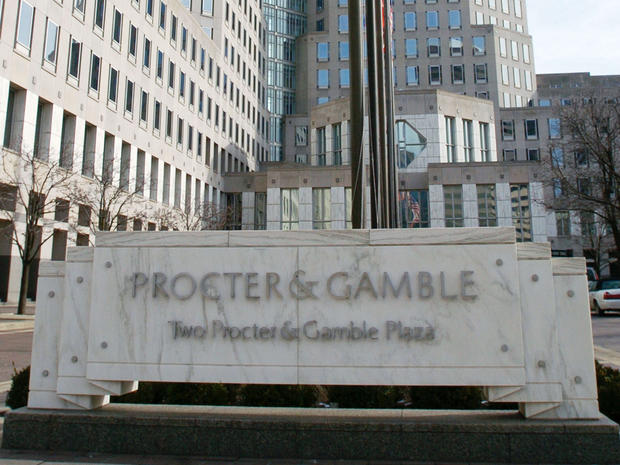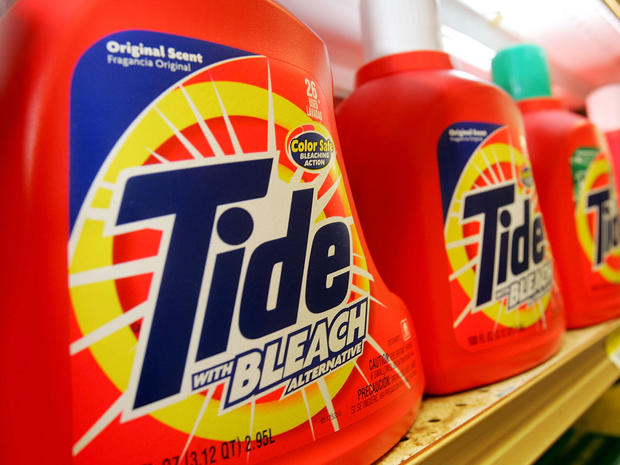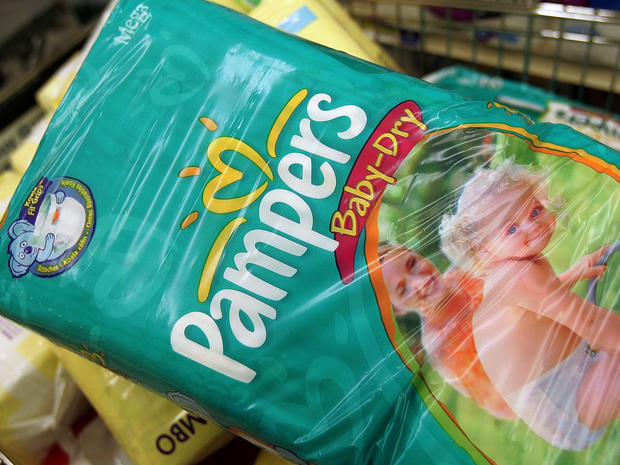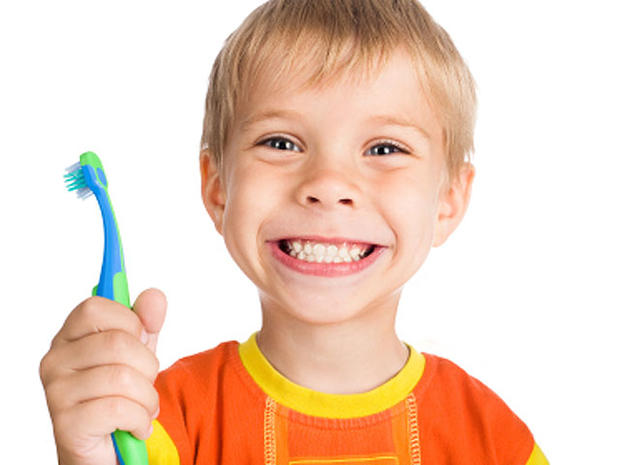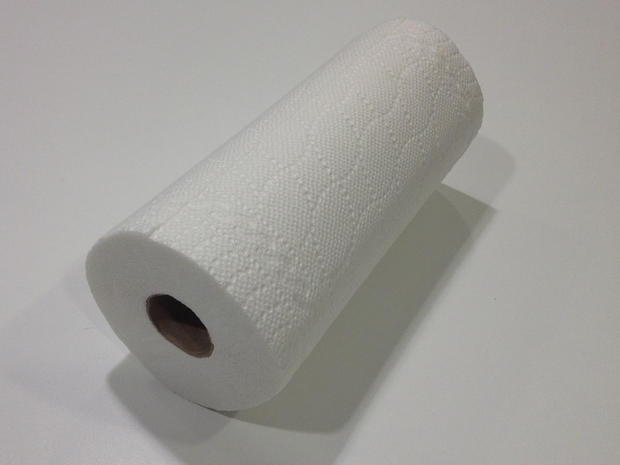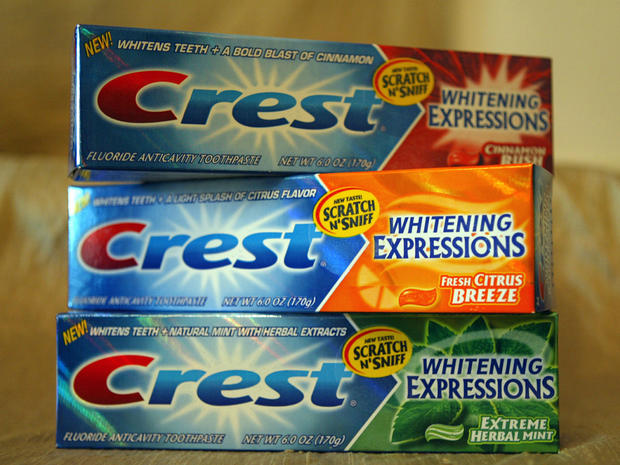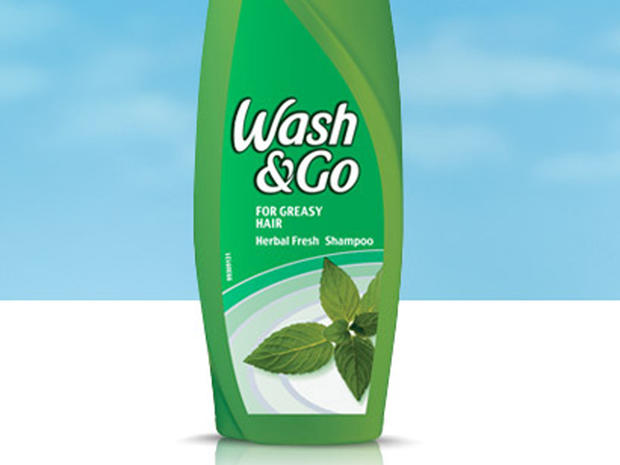Which brands will P&G dump?
Photo, file: Mike Simons/Getty Images
Procter & Gamble (PG) has spent decades building a huge family of brand names, but now it's going to slash as many as 100 of them.
It's a surprising step for a company that owns some of the most famous brands in the world. It's also an acknowledgement that for shoppers too much choice can be a bad thing. "This will be a much simpler, less complex company," CEO A.G. Lafley said in a conference call with analysts Friday.
You've likely never heard of many of P&G's brands. That's because out of the 180 or so names P&G owns, it counts on only 50 for more than 90 percent of its sales and profits. Those are what it calls its Leadership Brands, the ones that stores want and the ones that resound with consumers.
As for the rest? They failed to take hold or just have niche followings. They're taking up too much space on the books with little to no payoff. Meanwhile, P&G's sales and profit have been sluggish, and its stock price has given investors little to cheer about. That's why the company is taking the unprecedented step of dumping more than half of its stable of brands. It wants to slim down, become nimbler and focus on the names that make serious money.
The company isn't saying which brands it will keep or cull, but people are guessing. The company's beauty business, for example, has been a longtime underperformer, Nik Modi, an analyst with RBC Capital Markets, told The New York Times. "Maybe they just don't have what it takes to be in the beauty business," he added.
Here are some of the best guesses about which brands will stay or go.
Tide
Photo, file: Justin Sullivan/Getty Images
Verdict: Keep
The detergent is one of the company's "most iconic and lucrative brands," writes the Brandchannel website. In fact, the 2-year-old Tide Pods are on their way to becoming a $1 billion sub-brand for the company. But Tide is a premium product, and too expensive for some budget shoppers. That's one reason P&G has a new, lower-priced version of Tide out this year called "Tide Simply Clean and Fresh."
Trojan
Photo: AP
Verdict: Time to go
Nope, not the condoms. This Trojan is a laundry detergent used in Southeast Asia. Trojan was one of four detergent brands P&G bought from Colgate-Palmolive (CL) in 2006, but Trojan was not the star of the group. The Fab brand is really considered a powerhouse in the region. Trojan is on Sanford Bernstein analyst Ali Dibadj's list of names P&G could cull, according to The New York Times.
Pampers
Photo, file: Tim Boyle/Getty Images
Verdict: Keep
The diaper is on Forbes' list of the world's most valuable brands, and for good reason. In 2012, it became the first P&G brand to hit $10 billion in annual revenue for the company, the magazine reports. Pampers are used in 100 countries.
Zooth
Photo, file: iStockphoto
Verdict: Time to go
This is a children's oral care line, and is on analyst Ali Dibadj's list of brands that P&G could dump, The New York Times reports. Zooth licenses such children's characters as Spiderman, Hello Kitty and Nemo for its toothbrushes, and licensing costs can be expensive for a product that isn't a huge seller.
Bounty
Photo, file: CBSNews.com
Verdict: Keep
The paper towel brand is a consumer favorite, and wipes away the competition in consumer testing. "Blowouts are rare in Consumer Reports' tests, but our latest report on paper towels saw a landslide victory for the latest Bounty product," the testing group said last year. The score for Bounty DuraTowel was 96, a full 21 points ahead of the next best product -- Bounty ExtraSoft. And the towel that came in third place? Another Bounty.
Gleem
Photo: iStockphoto
Verdict: Time to go
It's hard to believe this toothpaste brand is still around. It was a top category name in the 1950s and 1960s, but now is mostly sold at dollar stores. Amazon users seem to love it though, and complain about how hard it is to find. "Why has P&G opted to turn Gleem into an orphan brand?" wrote one user. "It has completely disappeared from retail shelves."
Crest
Photo, file: Getty
Verdict: Keep
The brand dominates the toothpaste category, but it wasn't always that way. In the 1950s, Crest only had a 10 percent market share, according to Harvard Business School. But in 1960, Crest became the first toothpaste to receive an endorsement from the American Dental Association after spending tens of thousands of dollars on 23 separate group studies showing its effectiveness in fighting cavities. Within two years of receiving that endorsement, Crest became the market leader.
Graham Webb
Photo, file: PHILIPPE HUGUEN/AFP/Getty Images
Verdict: Time to go
P&G picked up Graham Webb hair care in its acquisition of Wella AG in 2004. The brand is not well known, and is also on Sanford Bernstein analyst Ali Dibadj's list of names P&G could ax.
Duracell
Photo, file: Justin Sullivan/Getty Images
Verdict: Keep
The battery brand was named by Interbrand as one of the best global brands of 2013. It controls 25 percent of the global battery market, but faces challenges as the battery market adapts to the rise of rechargeable batteries. Duracell has maintained a strong relationship with consumers through an NFL partnership and a key Facebook presence, Interbrand says.
Wash & Go
Photo: P&G
Verdict: Time to go
P&G has been looking at selling this hair care brand for years. It's only sold in Europe, and the company began soliciting bids for Wash & Go in 2000. Nothing came out of the bids at the time, however, and P&G is still holding on to this underperformer.
